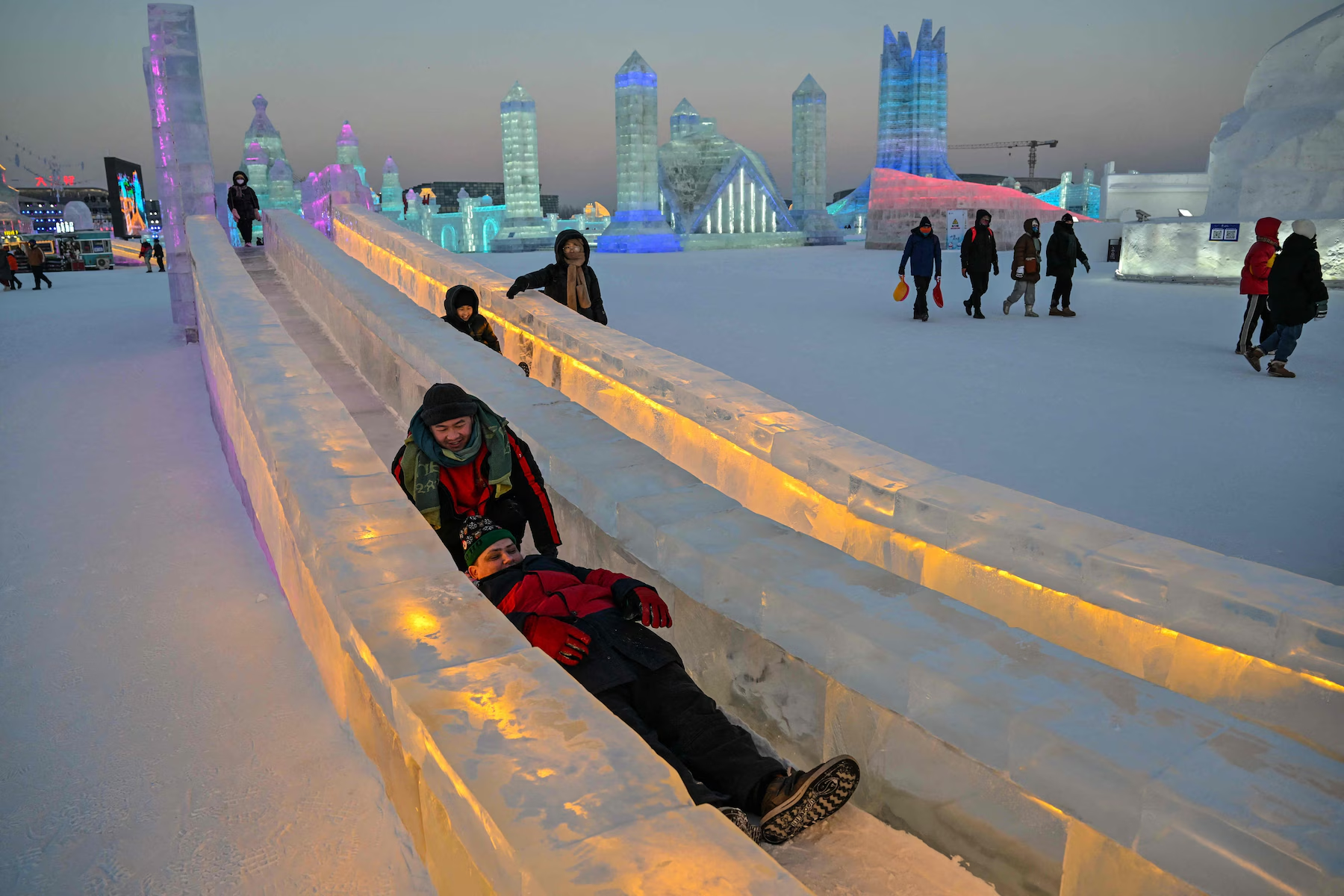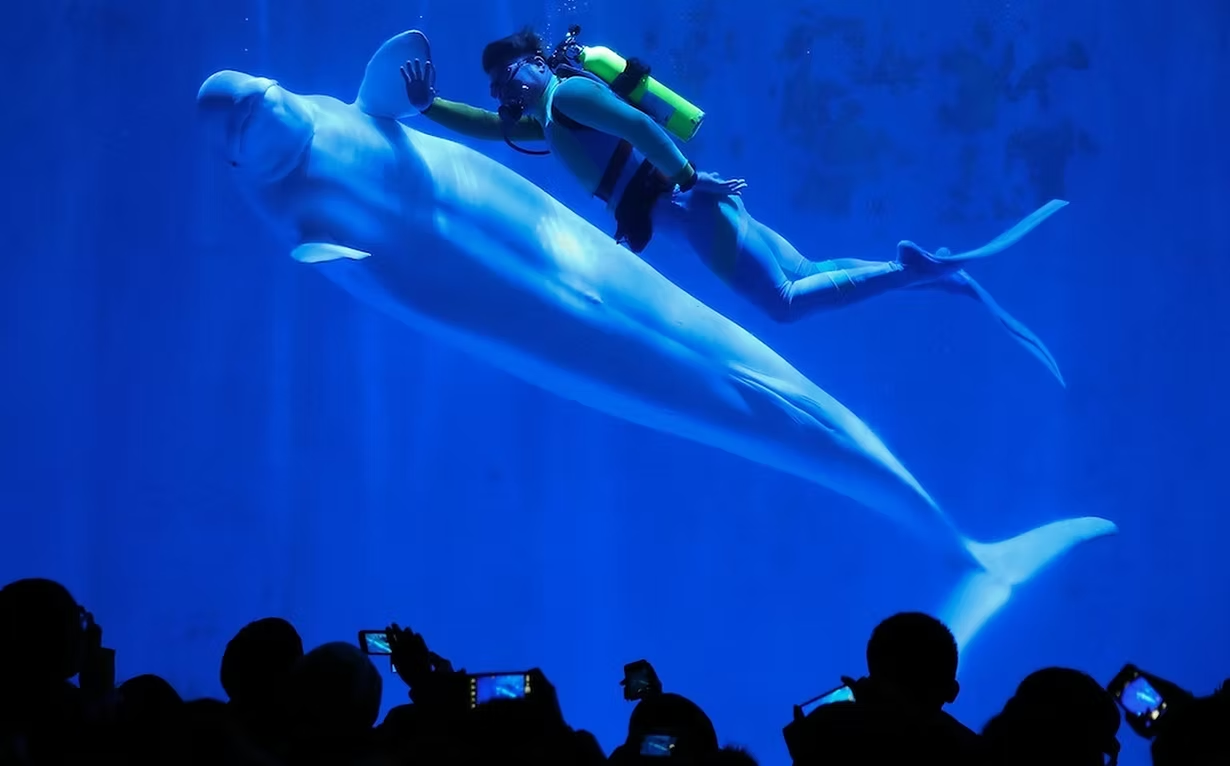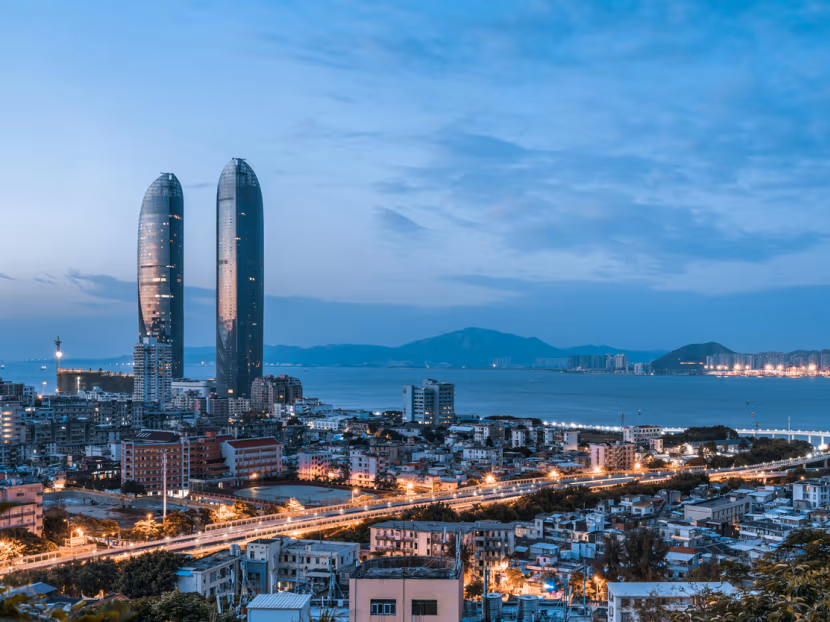







Travel Guide to Harbin
Harbin, the capital of Heilongjiang Province in Northeast China, is a vibrant city known as the “Ice City” for its spectacular winter attractions and rich cultural heritage. Famous for its annual Harbin International Ice and Snow Sculpture Festival, Russian-influenced architecture, and diverse culinary scene, Harbin offers a unique blend of Chinese and international charm. Whether you’re visiting for the dazzling ice sculptures or exploring its historical sites, this guide will help you plan an unforgettable trip to Harbin.
Why Visit Harbin?
Harbin is a destination of extremes, offering a magical winter wonderland and a refreshing summer escape. Its highlights include:
World-Famous Ice Festival: The Harbin International Ice and Snow Sculpture Festival, held annually from January 5 to late February, features massive, illuminated ice sculptures that attract millions of visitors.
Russian Heritage: Known as “Oriental Moscow,” Harbin boasts European-style architecture, Orthodox churches, and Russian cuisine, reflecting its history as a hub for Russian immigrants in the early 20th century.
Natural Beauty: Located along the Songhua River, Harbin offers scenic parks, frozen river activities, and nearby attractions like the China Snow Town.
Cultural Diversity: From Buddhist temples to modern museums, Harbin blends Han, Manchu, and Russian influences, creating a unique cultural tapestry.
How to Get There
Harbin is well-connected domestically and internationally, making it accessible for travelers.
By Air: Harbin Taiping International Airport (HRB): Located 35 km from downtown, it serves flights from major Chinese cities like Beijing (2 hours), Shanghai (3 hours), and Guangzhou (4 hours), as well as international destinations including Russia, Japan, and South Korea. Getting to the City: Airport shuttles (CNY 20, 45 minutes), taxis (CNY 100–150), or ride-hailing apps like Didi are convenient options.
By Train: Harbin Railway Station and Harbin West Railway Station connect to Beijing (6–8 hours via high-speed train), Shanghai (12 hours), and nearby cities like Changchun (1.5 hours) and Shenyang (3 hours). Bullet trains also run to Jilin, Mudanjiang, and Qiqihar within Heilongjiang.
By Bus: Long-distance buses from cities like Changchun, Jilin, or Qiqihar arrive at stations like Nangang or Jiaohua, near the main railway station.
Best Time to Visit
Winter (December to February): The prime season for the Ice and Snow Festival, with temperatures averaging -15°C to -25°C (5°F to -13°F). Expect vibrant ice sculptures, skiing, and frozen river activities, but bundle up for the cold!
Summer (July to August): Cool and comfortable with temperatures of 20–25°C (68–77°F), ideal for exploring parks, the Songhua River, and avoiding the summer heat of southern China.
Shoulder Seasons (Spring and Fall): March to May and September to October offer milder weather but fewer major events.
For the Ice Festival, book accommodations and tickets early, as prices surge and availability tightens.
Top Attractions
Saint Sophia Cathedral (圣索菲亚大教堂)
Saint Sophia Cathedral, located in the heart of Harbin, Heilongjiang Province, is one of China’s most iconic architectural landmarks. This former Russian Orthodox church, built in 1907, is a stunning example of Neo-Byzantine design and a testament to Harbin’s unique blend of Chinese and Russian cultural influences. Now serving as the Harbin Architecture Art Gallery, it attracts visitors with its historical significance and striking beauty.








Harbin Ice and Snow World (哈尔滨冰雪大世界)
Harbin Ice and Snow World, located in Harbin, Heilongjiang Province, is the crown jewel of the annual Harbin International Ice and Snow Sculpture Festival. Renowned as one of the largest ice and snow theme parks in the world, it transforms the city into a dazzling winter wonderland, attracting millions of visitors with its colossal ice sculptures, vibrant lights, and thrilling activities.








Siberian Tiger Park (东北虎林园)
Siberian tigers are among the world’s most endangered species, with only about 500 remaining in the wild. Established in 1996, the park houses over 700 purebred Siberian tigers and serves as a critical center for breeding, research, and eco-tourism. Beyond tigers, visitors can see other big cats like white tigers, lions, leopards, and even rare ligers (lion-tiger hybrids). The park’s safari-style setup, where tigers roam freely and visitors tour in caged buses, creates an immersive experience unlike traditional zoos, offering a glimpse into the lives of these powerful predators.





Zhongyang Pedestrian Street (中央大街)
Zhongyang Pedestrian Street, also known as Central Street or Zhongyang Dajie, is Harbin’s most iconic and vibrant attraction, located in the heart of the Daoli District. Stretching 1.45 kilometers along a cobblestone path, this historic street is renowned for its European-style architecture, bustling shops, and unique blend of Chinese and Russian culture. Often called the “Eastern Moscow,” Zhongyang Street is a must-visit for anyone exploring Harbin, offering a mix of history, food, shopping, and winter charm.





Harbin Polarland (哈尔滨极地公园)
Harbin Polarland stands out as the world’s first polar-themed amusement park, blending education and entertainment in a setting designed to mimic the polar regions. Spanning 16,000 square meters, it houses over 10,000 marine and polar animals from more than 600 species, including polar bears, penguins, sea lions, beluga whales, and arctic foxes.





Yabuli Ski Resort (亚布力滑雪度假区)
Yabuli Ski Resort, located in Heilongjiang Province near Harbin, is China’s largest and most renowned ski destination. Nestled in the Changbai Mountain Range, it offers world-class slopes, stunning snowy landscapes, and a variety of winter activities for skiers and non-skiers alike. Whether you’re a seasoned skier or a beginner looking to experience a winter wonderland, Yabuli is a must-visit.





Songhua River (松花江)
The Songhua River, flowing through the heart of Harbin in Heilongjiang Province, is one of Northeast China’s most iconic natural landmarks. As the largest tributary of the Amur River, it stretches over 1,900 kilometers, shaping the region’s history, culture, and tourism. In Harbin, the river is both a scenic attraction and a vibrant hub for seasonal activities, especially during the winter months when it transforms into a frozen playground.





Lao Dao Wai (老道外)
Lao Dao Wai, located in the heart of Harbin, Heilongjiang Province, is a historic district renowned for its unique “Chinese Baroque” architecture—a fascinating blend of Western-style facades and Chinese cultural elements. Once the poorer western part of Harbin in the early 20th century, Lao Dao Wai has transformed into a vibrant cultural and tourist destination, offering a glimpse into the city’s multicultural past and lively present.





Zhaolin Park (兆麟公园)
Zhaolin Park, located in the heart of Harbin, Heilongjiang Province, is one of the city’s oldest and most cherished public spaces. Renowned for hosting the annual Ice Lantern Fair during the Harbin International Ice and Snow Festival, it transforms into a dazzling winter wonderland that attracts visitors from around the globe. Beyond its winter fame, the park offers serene greenery and cultural charm in warmer months, making it a year-round destination.





Where to Stay
Luxury: Shangri-La Harbin (Songbei District, CNY 800–1500/night) or Sofitel Harbin (Nangang District, CNY 700–1200/night) offer river views and proximity to Ice and Snow World.
Mid-Range: Holiday Inn Express (Daoli District, CNY 300–500/night) or Ibis Harbin Central Street (CNY 200–400/night) are near Zhongyang Street.
Budget: Hostels like Harbin International Youth Hostel (CNY 50–150/night) suit backpackers.
Tips: Book 2–3 months ahead for winter to secure deals. Songbei is ideal for festival access; Daoli for sightseeing.
What to Eat
Harbin’s cuisine reflects its cold climate and Russian influence:
Harbin Red Sausage: Smoky, garlicky sausages sold on Zhongyang Street (CNY 10–20).
Madier Ice Cream: Creamy popsicles, a local favorite even in winter (CNY 5–10).
Guobaorou: Sweet-and-sour crispy pork, a Dongbei classic (CNY 30–50).
Russian Cuisine: Try borscht or pirozhki at restaurants like Volga Manor or Tatoc on Zhongyang Street.
Hot Pot: Warm up with lamb or beef hot pot at local chains (CNY 50–100/person).
Tips: Visit Laodaowai for authentic Dongbei dishes in a retro setting.
Practical Tips
Dress for Winter: Wear thermal layers, a down jacket, insulated boots, gloves, and a hat. Hand warmers (CNY 5) are sold everywhere.
Language: English is limited outside hotels. Use translation apps like Baidu Translate.
Cash and Payments: WeChat Pay and Alipay dominate, but carry some cash (CNY) for small vendors.
Transport: Harbin’s metro is efficient (CNY 2–4). Taxis start at CNY 8; use Didi for reliability.
Safety: Harbin is safe, but beware of icy sidewalks in winter. Stick to licensed tour operators.
Festival Tickets: Buy Ice and Snow World tickets online 3–7 days in advance. Check official WeChat accounts for updates.
Final Thoughts
Harbin is a city of contrasts—icy spectacles meet warm hospitality, and Chinese traditions blend with Russian flair. Whether you’re marveling at ice castles, skiing at Yabuli, or savoring Dongbei cuisine, Harbin delivers memories that linger long after you leave. Plan ahead, dress warmly, and dive into this Northeast China gem!
Happy travels!






Leave a Reply